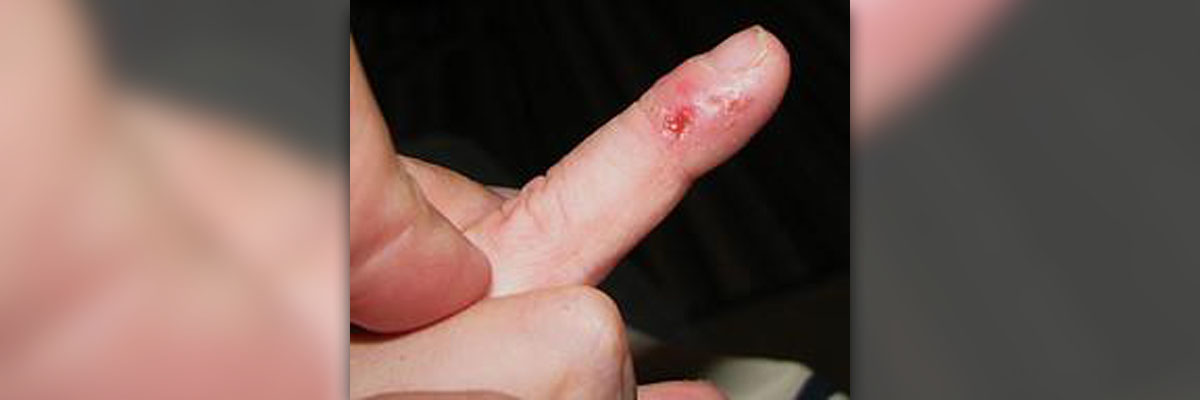
Dyshidrotic eczema (dyshidrotic dermatitis) is a skin condition that only affects the hands or the feet. It is also known under the names hand eczema, vesicular eczema, vesicular palmoplantar eczema and pompholyx. Apart from skin changes, which may resemble those present in other types of eczema, dyshidrotic eczema typically causes burning or itching sensation.
Dyshidrotic Eczema Symptoms and Clinical Findings
In people suffering from dyshidrotic eczema the affected skin is covered with tiny, deep blisters. These may form on or between the fingers, on the palms or soles. Such skin lesions are unbearably itchy and burning. The affected area is inflamed i.e. red and hot to touch. Progression of eczema may lead to skin cracks and peeling. Additionally, it is reported that the affected areas may sweat profusely.
Certain number of patients end up with secondary infection characterized by oozing blisters and subsequent crusting.
If the condition lingers for a long period of time, patients may even develop some nail abnormalities such as increased ridges and pitting. Nail thickening and discoloration may occur as well.
Finally, it may happen that once the initial blisters withdraw, i.e. the affected skin peels, a new crop of blisters appear.
Dyshidrotic Eczema Causes and Risk Factors
In the majority of cases dyshidrotic eczema occurs in people between the age of 20 and 40. All races are equally affected.
It is still unknown why dyshidrotic eczema develops. Scientists, however, believe that people who are already suffering from some other medical conditions are prone to this type of eczema and that it can be also associated with some outside factors.
The condition is reported more in people under stress, is more common among women while flare-ups usually occur in hot, humid weather.
Finally, pre-existing atopic conditions, pre-existing dermatitis, certain infections, metal implants and intake of Aspirin may be contributing factors to dyshidrotic eczema.
Dyshidrotic Eczema Treatment Options
Treatment for this condition may be quite challenging. In spite of several treatment options, the condition may remain unresponsive.
As for medications, doctors mostly opt for topical corticosteroids and cold compresses. Large blisters may need to be drained. Secondary infection requires prescribed antibiotics. Pain and pruritus may be additionally treated with pramoxine.
Severe cases may require more aggressive treatment, usually with oral corticosteroids or other immunosuppressive drugs like methotrexate, Cyclosporine or mycophenolate mofetil.
Inflammation may also respond to topical calcineurin inhibitors.
PUVA therapy is recommended in people with chronic dyshidrotic eczema and finally, some patients have benefited from injections of botulinum toxin type A.


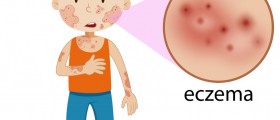


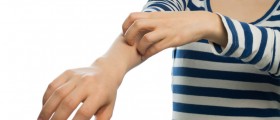



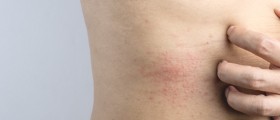

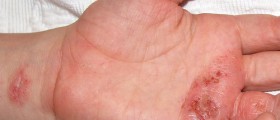





Your thoughts on this
Loading...